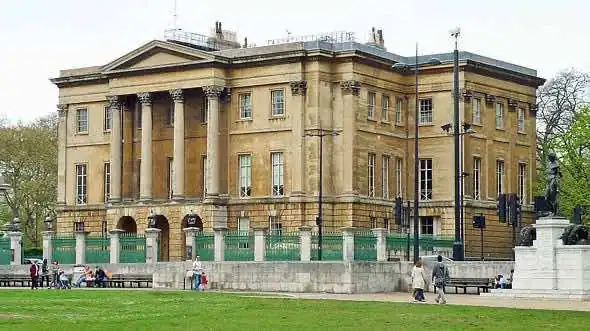 Photo: londondrum.com
Photo: londondrum.comI’ve got a soft spot for the Duke of Wellington because in my mind he was the ultimate Englishman. He was scrupulously smart, looked after the soldiers in his army, respected his enemy, stayed loyal to his drunk and troubled wife – he was like a knight from chivalrous times – and he managed to save Europe not once, but twice (Churchill only managed that once).
Sadly we don’t make people like him anymore because war isn’t glorified in the same way that it was. When you defeated an army in the old days they’d give you a title and an ancestral home, but all you receive now is a kicking from the leftie press followed by ten years of judicial enquiries. I suppose that’s progress, of sorts. All of the sympathy goes to the losers. But who have we got left to put on a pedestal? Do you think we’ll be walking around Tony Blair’s house in fifty years time, with pictures of his Middle Eastern wars hanging on the walls? Ha ha, I don’t think so. It’s unthinkable, isn’t it? The only public figure worthy of a stone statue these days is the Queen.
Following Wellington’s big victory at Waterloo the grateful government bestowed a dukedom on him and promised him a pot of money to build a mansion, but what did he do? – and this was typical of the guy – he decided to buy his brother’s old house to help him out of a financial hole. And back in those days Apsley House wasn’t even grand. It was just a three-story townhouse at the end of Piccadilly. The Duke then added some new rooms and a portico, and by the time he died the government had erected the Wellington Arch outside his bedroom window.
 Photo: londondrum.com
Photo: londondrum.comThis spectacular setting was rather ruined in the 1960s when they decided to bulldoze the buildings at the top end of Piccadilly and send the ugly roundabout straight through the gap, moving Wellington Arch back about fifty feet in the process, and stranding Apsley House on Hyde Park Corner. Fortunately it’s like a different world once you step through the door. The first thing you notice is the silence – the reverential kind of silence you get inside churches. You pay your money and pick up an audioguide and then it’s straight into his trophy room. This is where he displayed all of the plates that he was awarded by the grateful heads of Europe and there are hundreds of them, literally hundreds, of every size from saucers up to shields – all stashed in cabinets with bright white spotlights shining on them. It reminded me of the trophy room at Wembley, and I was half expecting to see the FA Cup inside.
Antonio Canova’s statue of Napoleon
After that comes a giant statue of Napoleon by the stairs. I should probably pause at this moment and say a few words about the French Emperor because he’s as much a star of this house as the Duke. Everywhere you go you will see the two of them sharing the limelight together. If there’s a picture of Wellington on one wall then there will invariably be one of Napoleon on the other. It seems as if Wellington was truly obsessed with him. He’d been chasing this guy around Europe for years and when he finally defeated him he surrounded himself with pictures and portraits so he could wander through his wartime memories. It all seems a bit strange to me, though… imagine if Churchill had covered Chartwell in pictures of Hitler.
One of the benefits of winning the war was the Duke never had to fork out for any expensive paintings because the kings and queens of Europe kept sending him impressive thank-you gifts. One of the best bequests came after the Battle of Vitoria when he captured the baggage train of Napoleon’s brother, Joseph Bonaparte. It turned out that Bonaparte had been busy looting artworks from the Spanish Royal collection so Wellington promptly sent them back to Spain (what a gentleman!), and King Ferdinand VII sent them straight back again with a thank-you note. Keep them, he said. Keep them as your reward.
His collection soon grew to include pieces by Titian, Velázquez, Goya, Anthony van Dyck and Peter Paul Rubens. Keep an eye out for the big one of Charles I on horseback (you can hardly miss it). I’m sure that I’ve seen this painting about ten times before because there are similar images at Kensington Palace and the National Gallery.
Striped Drawing Room & Waterloo Gallery
My favourite paintings can be found in the Striped Drawing Room. That’s where he hung portraits of all the fallen generals and veterans from Waterloo. He’s also got a long shot of Waterloo painted at the very height of the fighting. It’s one of the very few paintings in the entire house that actually depicts some battle action: smoke drifting across the hills from all the cannons blasting back and forth and turning the sky into a muddy, bloody brown, whilst waves of soldiers are rolling across the hills to join in the slaughter.
The finest room in the house is the Waterloo Gallery. This was where he held his big dinners on the anniversary of the battle with all his fellow generals, ambassadors and even King George IV in the early days, and they’d sit there eating and drinking and swapping stories about their war wounds.
When you get to the Portico Drawing Room remember to check out the memorabilia in the cabinets: you can see his false teeth and a lock of Copenhagen’s hair in there (the Duke’s trusty horse). They’ve also got a walking stick that doubled-up as his hearing-aid (it sounds daft, but it’s true). And there’s another little museum downstairs that contains his medal collection and a plaster-cast of Napoleon’s death mask.
Here’s a tip: try and coincide your visit with the Changing of the Guard ceremony at Horse Guards (I don’t mean the one at Buckingham Palace). If you stand by one of the first-floor windows at 10.45 AM then you’ll be treated to an elevated view of the horses trooping their way down from Hyde Park Barracks. They’ll march straight past the house and return again at 11.40 AM (except on Sundays, when everything takes place an hour earlier).
I also recommend… If you enjoy this then try Guards’ Museum (walk it in 14 mins or travel from Hyde Park Corner to St Jamess Park via tube); Household Cavalry Museum (walk it in 22 mins or travel from Hyde Park Corner to Westminster by tube) and National Army Museum (walk it in 26 mins or travel from Hyde Park Corner to Sloane Square via tube). If you’re interested in the Duke of Wellington then you can visit his tomb at St. Paul’s Cathedral. There’s also a little exhibition inside Wellington Arch showing you what Apsley House looked like before Hyde Park Corner was redeveloped
How to get to Apsley House
| Fare zone | Cash | Oyster & Contactless | Travelcard | ||||
|---|---|---|---|---|---|---|---|
| Single fare | Single fare | Daily cap | One day | ||||
| Peak | Off-peak | Peak | Off-peak | Anytime | Off-peak | ||
| Bus | n/a | 1.75 | 5.25 | 6 | |||
| Train (zone 1) | 7 | 2.90 | 2.80 | 8.90 | 8.90 | 16.60(zone 1-4) | 16.60(zone 1-6) |
| Train (zone 1-2) | 7 | 3.50 | 2.90 | 8.90 | 8.90 | ||
| Train (zone 1-3) | 7 | 3.80 | 3.10 | 10.50 | 10.50 | ||
| Train (zone 1-4) | 7 | 4.60 | 3.40 | 12.80 | 12.80 | ||
| Note: Prices are correct as of | |||||||
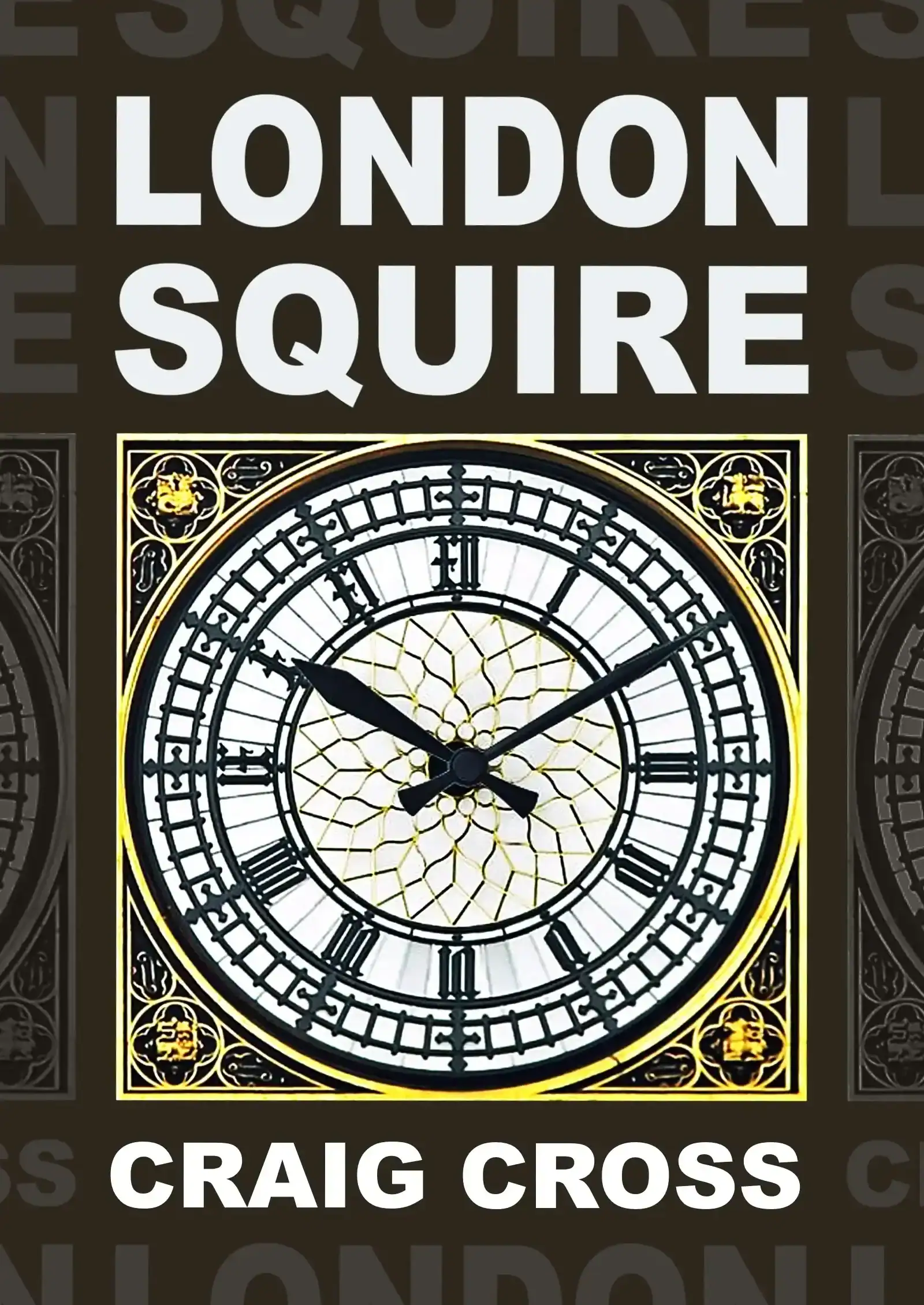 London Squire guidebook – Check out my guidebook available to buy at Amazon, Apple and Kobo. I’ve spent the last twenty years visiting London’s landmarks, attractions and hotels and collected all of my reviews, example itineraries, advice about using the buses and trains, and handy practical info into an eBook, along with 650 original photographs
London Squire guidebook – Check out my guidebook available to buy at Amazon, Apple and Kobo. I’ve spent the last twenty years visiting London’s landmarks, attractions and hotels and collected all of my reviews, example itineraries, advice about using the buses and trains, and handy practical info into an eBook, along with 650 original photographs
More things to do in Knightsbridge
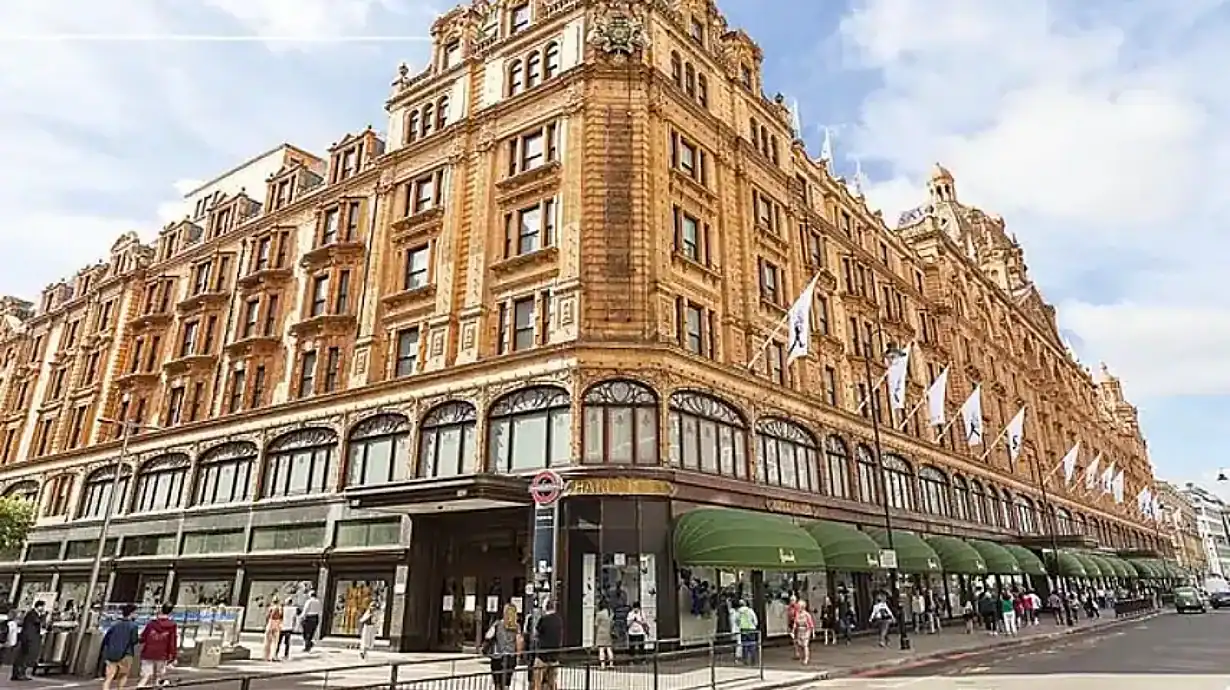

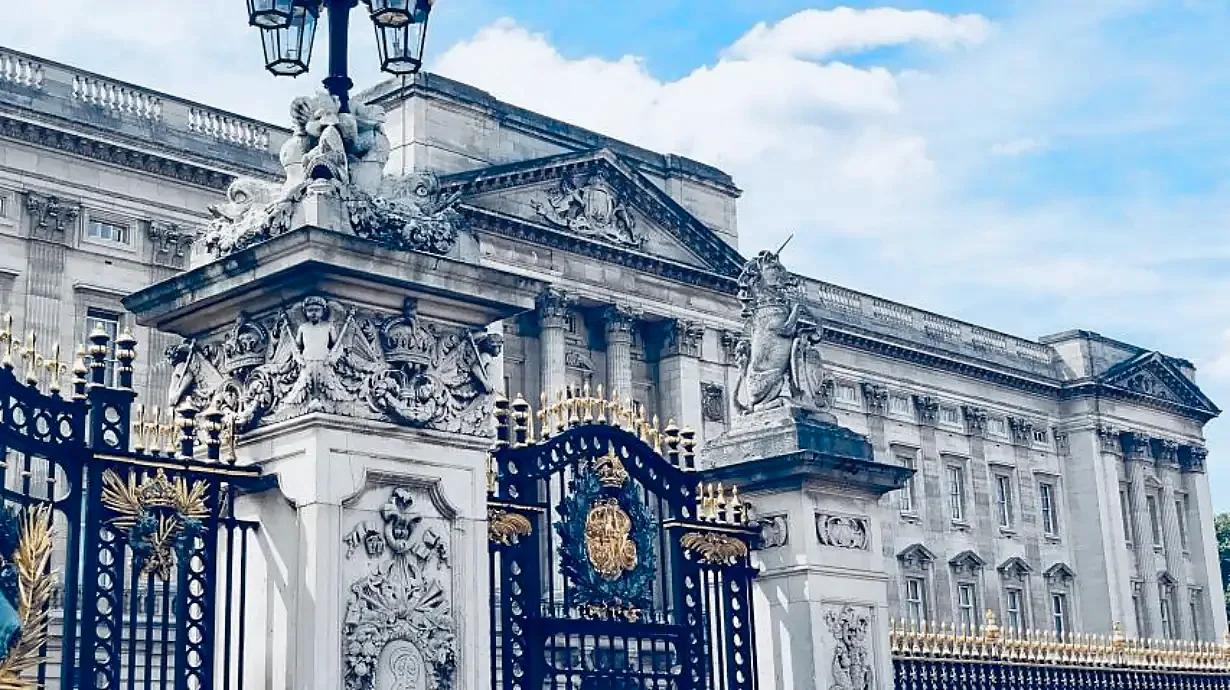
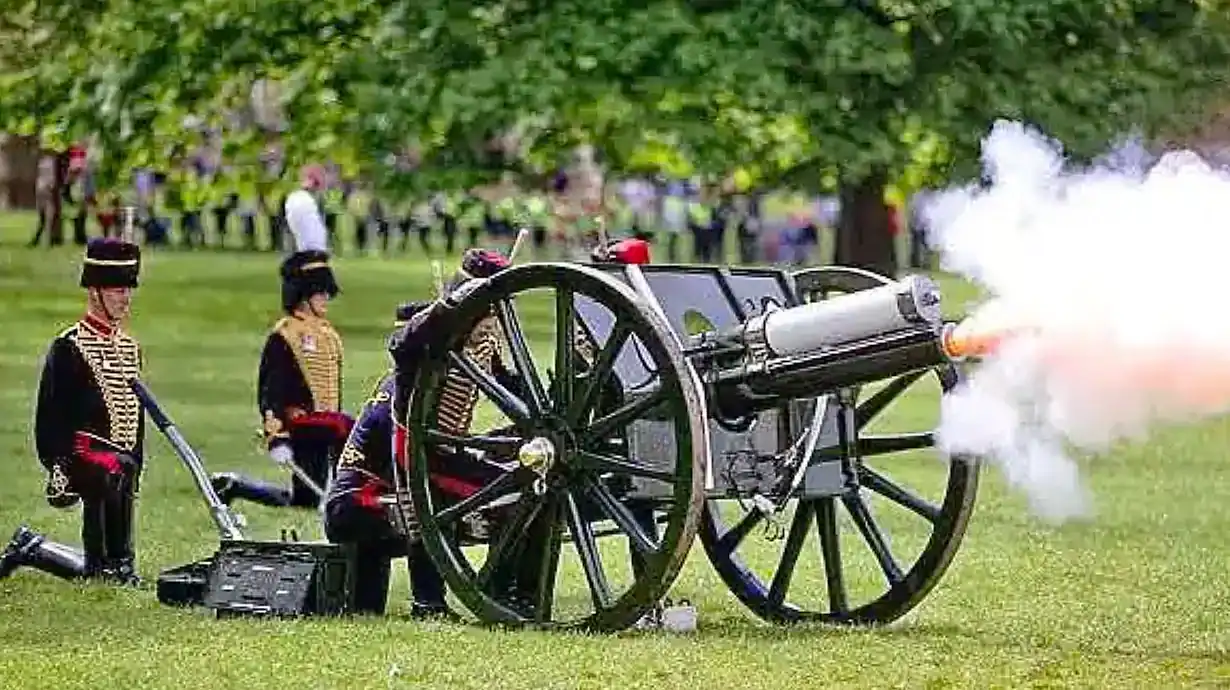
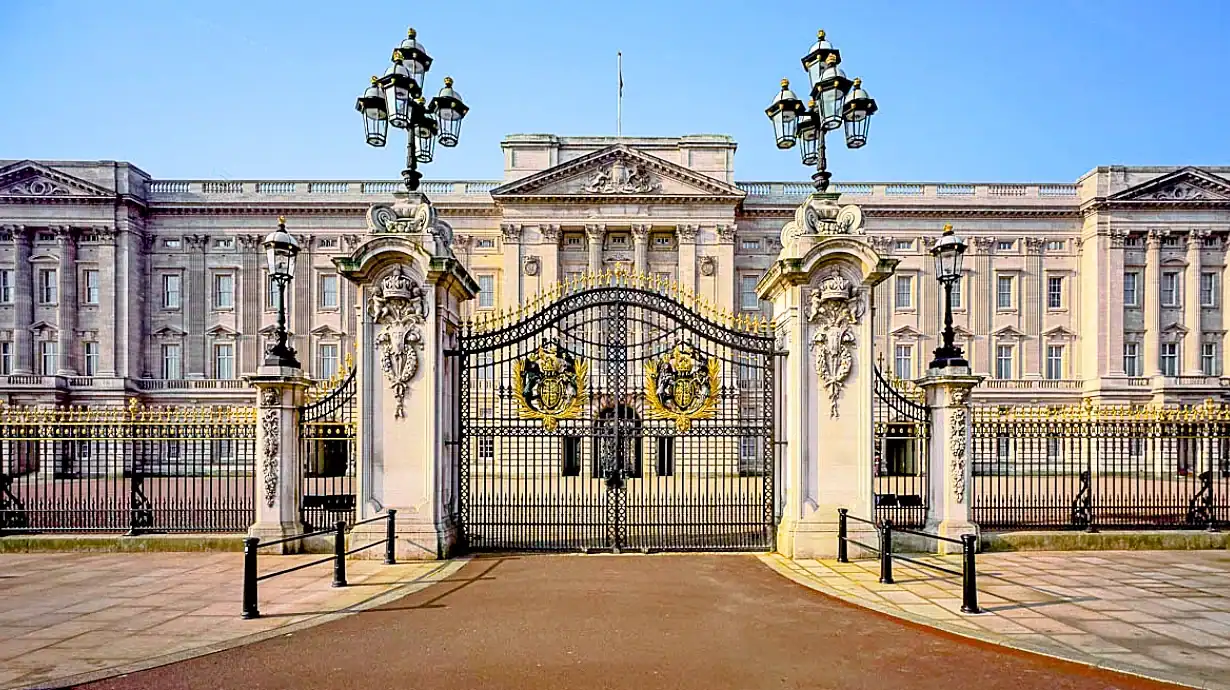
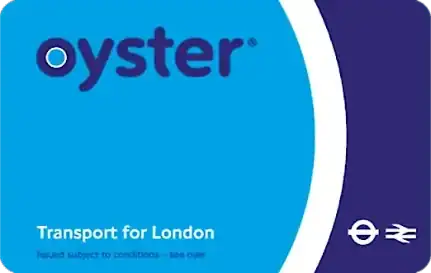
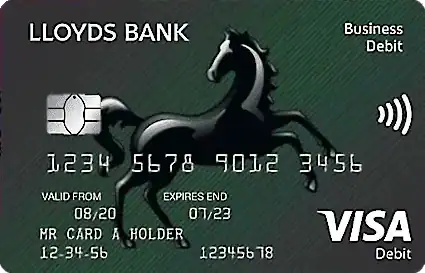
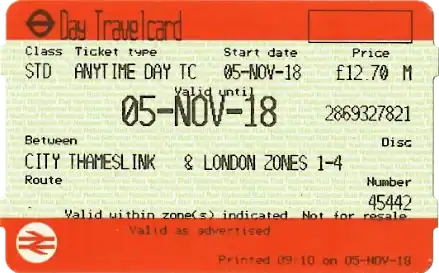
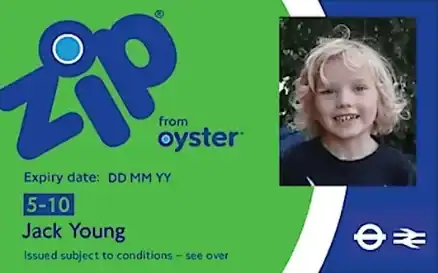

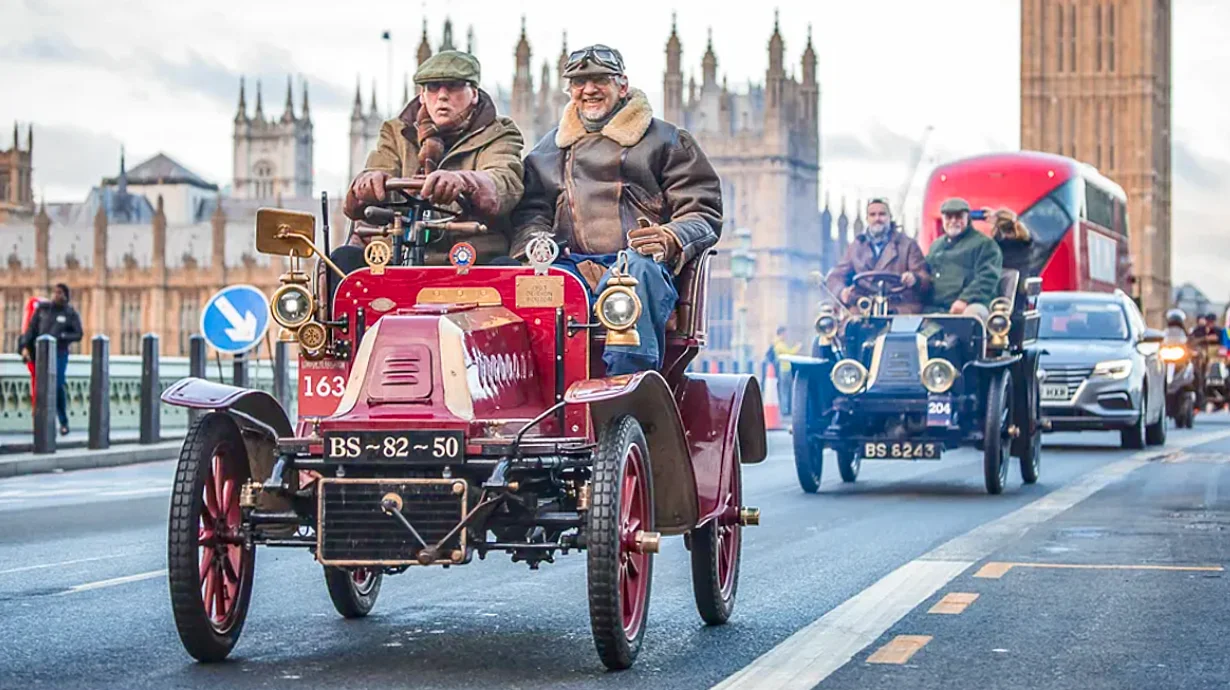
Your comments (4)
Are you going? Have you been?
Ask a question, or share your experience of Apsley House
Paul Why is it known as No 1 London when the address is No 39 Piccadilly?
Craig Hi Paul. It doesn’t look like it now, but when it was originally built Apsley House was the last building on Piccadilly. Knightsbridge wasn’t so built up in those days, so it was just countryside from there all the way up to Kensington Palace. So it really did seem like the last house in London. The buildings next-door to Apsley House were then knocked down so they could build the roundabout on Hyde Park Corner, so these days Apsley House stands alone on the edge of the park.
Said Does the Duke of Wellington still live at Apsley House?
Craig Hi Said, the 9th Duke of Wellington still lives there, yes. You can’t see any of his private rooms though, or go in his garden out the back. You just get to see the big famous rooms downstairs. But they do have a few of his family photos laid out on the tables so you can see what he looks like.
Leave a comment (no need to register)